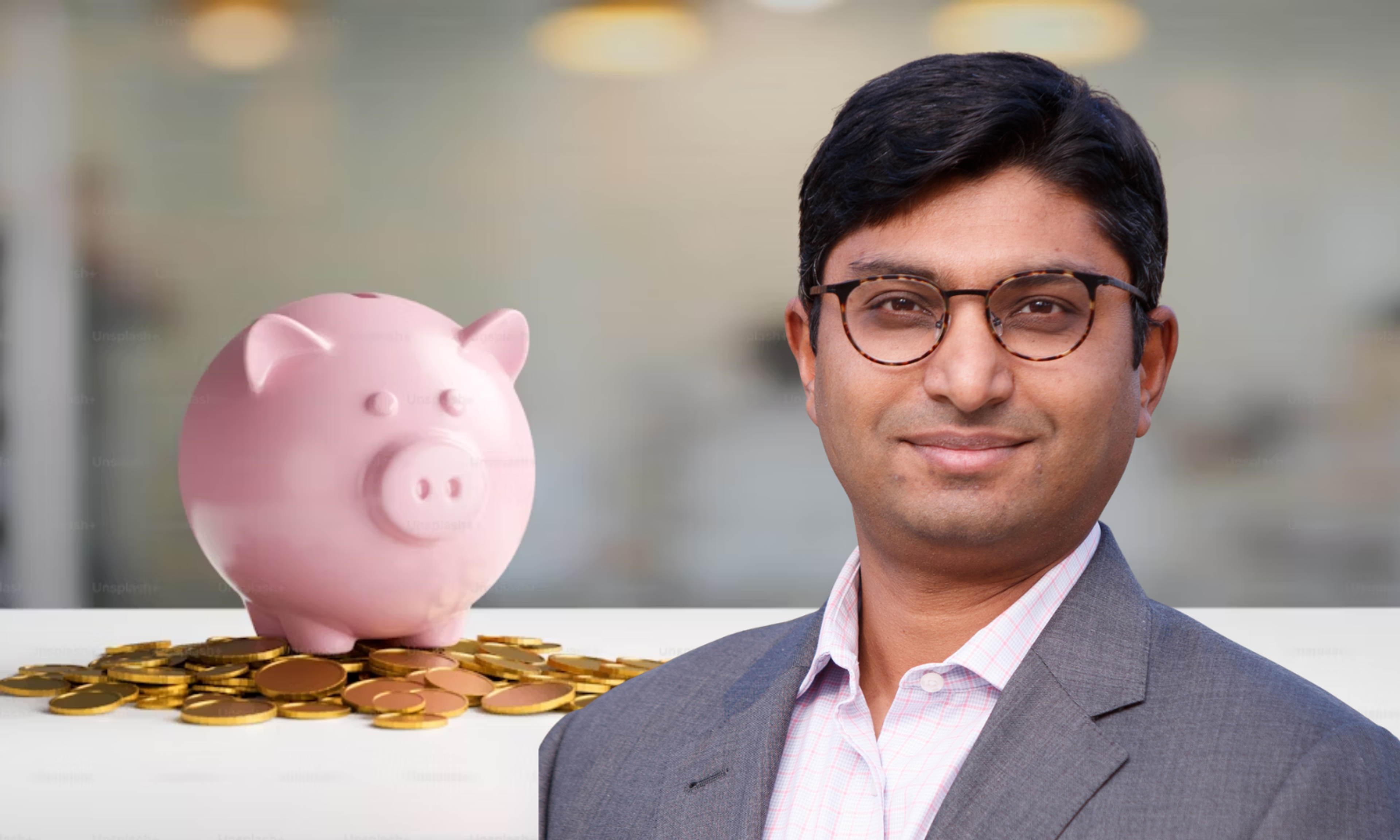

Economist Shamubeel Eaqub says more details are needed on the proposed increase to KiwiSaver contribution rates.
Photo/File
KiwiSaver changes may neglect low-income and Pacific workers - expert
National’s KiwiSaver plan promises stronger savings, but analysts warn it may widen the gap for those least able to contribute.



Pacific told to rethink ‘friends to all’ approach as region faces rising geopolitical pressure

Ōtautahi's 1 Drop Nation celebrates brotherhood and legacy in new music




Pacific told to rethink ‘friends to all’ approach as region faces rising geopolitical pressure

Ōtautahi's 1 Drop Nation celebrates brotherhood and legacy in new music

Raising KiwiSaver contributions may boost national savings, but experts warn it could deepen the gap for Pacific and low-income workers.
Analysts believe that while National’s commitment to increasing contributions for the national retirement scheme is a positive move, voluntary participation might leave many Pacific and low-income workers unprepared for retirement.
Prime Minister and National leader Christopher Luxon announced on Sunday that the plan aims to gradually raise combined KiwiSaver contributions to 12 per cent by 2032, with both employers and employees contributing six per cent each.
Luxon presented the increase as a way to boost retirement savings and reduce New Zealand’s reliance on foreign investment.
Retirement Commission figures show that Pacific employees contribute the least to KiwiSaver, averaging under $2000 a year, with median earnings of $43,000 and a contribution rate of 3.5 per cent.
The data also shows that European employees contribute an average of $2800, with median earnings of $61,000.

There are fears those on lower wages will opt out of KiwiSaver completely if the contribution rate is increased. Photo/File
Shamubeel Eaqub, Chief Economist at Simplicity, says that while the increase is a step in the right direction, it may not be enough.
Speaking to William Terite on Pacific Mornings, he warns that without incentives, the strategy could backfire.
“The biggest issue for our retirement system is that it’s voluntary and it’s not quite right for those on low incomes. A lot of people on low incomes choose not to contribute to KiwiSaver because it increases the take-home pay for now, at the cost of their future retirement income.
Listen to Shamubeel Eaqub's full interview below.
“My fear is that if we increase the contribution rate on a voluntary basis, what we’ll see is even more people will opt out of the scheme and we will have a bunch of people who are very well prepared for retirement and a bunch of people who are really unprepared for retirement.”
Eaqub says the policy is unlikely to impose more burden on employers, as KiwiSaver contributions are part of overall employment costs. He also places the plan within an international context.
“Australia has had its current superannuation system since the early 1990s … even their system isn’t that generous. In countries like the Netherlands, it’s more like 18 per cent contribution. This is very much heading in the right direction.”
Advocating for early investment
Experts are also calling for more focus on younger generations. Max Rashbrooke, Research Director at the Institute for Democratic and Economic Analysis (IDEA), supports a children’s KiwiSaver scheme.
He says this would automatically enrol children at birth, offering government-matched contributions.
“If parents were putting in as little as $2 to $5 a week, you could still have children hitting 18 with $10,000 to $20,000 in their accounts. For Pacific and low-income families, this could have a really significant impact because median wealth for Pacific peoples is only $26,000, about ten times less than Pākehā.”

Research from IDEA advocates for a children's KiwiSaver scheme, and the long term impact it could have. Photo/File
Rashbrooke suggests the government could provide ongoing or lump-sum contributions for families receiving benefits or earning under $50,000.
“It could be that the government puts in $200 or $500 a year into those children's accounts to make sure that they're not missing out, to acknowledge the difficulties that those parents face.
“And then say, ‘look, if you are capable of putting in a dollar or two a week, that's great, and we'll match that, but we're going to make sure that we're really helping you out as a family, because we acknowledge that you're in a difficult situation.’”
The 2023 census data shows that home ownership among Pacific people continues to lag, with 16.8 per cent owning homes, compared to 42.1 per cent of all New Zealanders.
Rashbrooke says increasing retirement savings could improve home ownership rates. He shared a scenario where a young man is starting a career with $18,000 to $19,000 already in KiwiSaver from government and parent contributions.
“If he went into trades training and became a plumber, and then from age 22, even if he was just earning the average wage and he was making 3 per cent a year contributions to his own KiwiSaver, he could very easily hit age 30 with about $70,000 saved. And then if he's got a partner and they've done the same thing, that's very plausibly a first-time deposit.”

A KiwiSaver plan for children could significantly help towards a first home deposit. Photo/File
While the policy has received cautious praise, many warn KiwiSaver alone won’t solve retirement inequities. Eaqub wants two changes to KiwiSaver: making employer contributions compulsory across all jobs and businesses, and simplifying access to KiwiSaver funds for those in financial distress.
The discussion about KiwiSaver and children’s savings has emerged as retirement policy becomes a key issue in the upcoming election.
“KiwiSaver is going to be a big issue for this election. Already we've seen New Zealand First and National come up with policies, so I expect Labour, which started KiwiSaver, to do something about it,” Eaqub says.